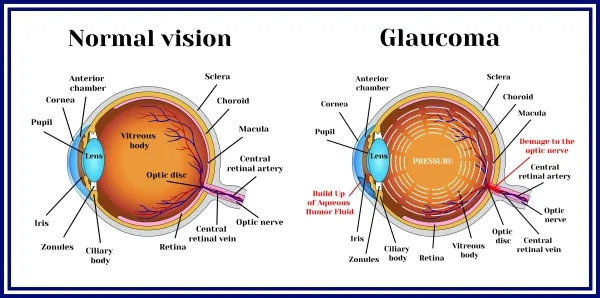Ophthalmology and Optometry Coding Alert
You Be the Coder:
How Can You Determine When Blepharoplasty Is Cosmetic?
Published on Wed Apr 18, 2018

You’ve reached your limit of free articles. Already a subscriber? Log in.
Not a subscriber? Subscribe today to continue reading this article. Plus, you’ll get:
- Simple explanations of current healthcare regulations and payer programs
- Real-world reporting scenarios solved by our expert coders
- Industry news, such as MAC and RAC activities, the OIG Work Plan, and CERT reports
- Instant access to every article ever published in Revenue Cycle Insider
- 6 annual AAPC-approved CEUs
- The latest updates for CPT®, ICD-10-CM, HCPCS Level II, NCCI edits, modifiers, compliance, technology, practice management, and more
Related Articles
Other Articles in this issue of
Ophthalmology and Optometry Coding Alert
- Cataract Surgery:
Auditors Launch New Cataract Claim Reviews
Hint: New audits will look back at claims for the past three years. Most eye [...] - Retina Coding FAQs:
Can You Select the Right ICD-10 Codes for These Retinal Conditions?
Choose the appropriate diagnosis after reading the case. Although most eye care practices see patients [...] - Billing:
Make Medicare Secondary Payer Claims A Breeze With A Few Simple Tips
This Part B rep leads the way to the best MSP practices. Patients often present [...] - This Chart Can Help You Pinpoint Primary Payer
You're likely to encounter multiple situations that you may see when you have to determine [...] - You Be the Coder:
How Can You Determine When Blepharoplasty Is Cosmetic?
Question: We performed blepharoplasty for a patient who was left with a drooping eyelid following [...] - Reader Question:
Differentiate Modifiers 59, 79
Question: A patient with commercial insurance underwent a YAG capsulotomy on the left eye the [...] - Reader Question:
Is Time on Your Side?
Question: We saw a patient who hadn't been to an eye care specialist for over [...] - Reader Question:
Devil Is in The Details for Eye Surgeries
Question: The physician performed pterygium excision and we reported 65426 (Excision or transposition of pterygium; [...] - Reader Question:
Are Modifier 24 and 25 Compatible?
Question: Can you ever report modifiers 24 and 25 on the same claim? Codify Subscriber [...]
View All




